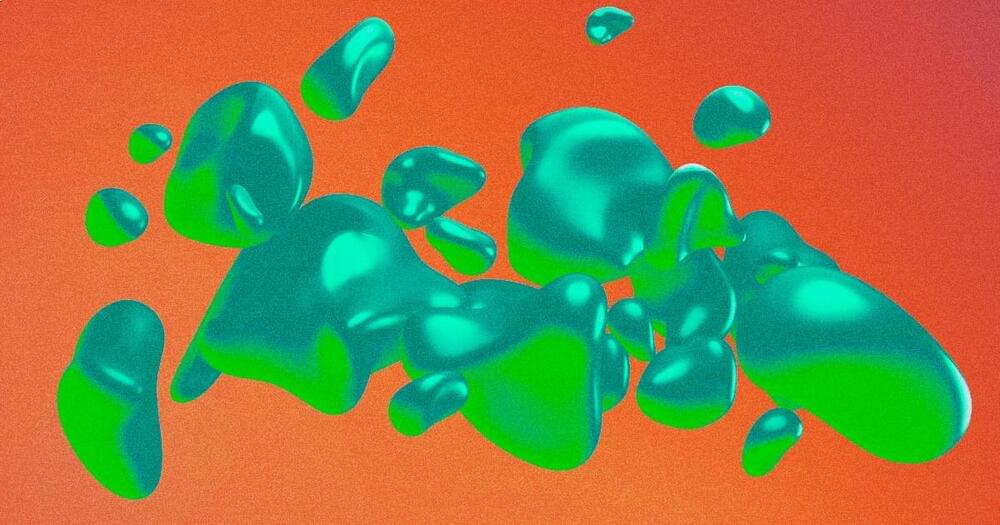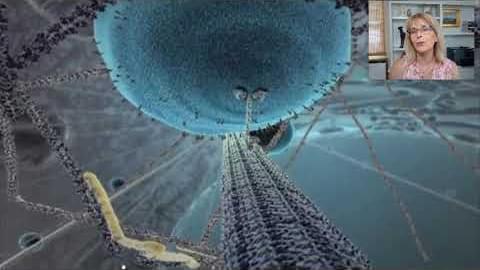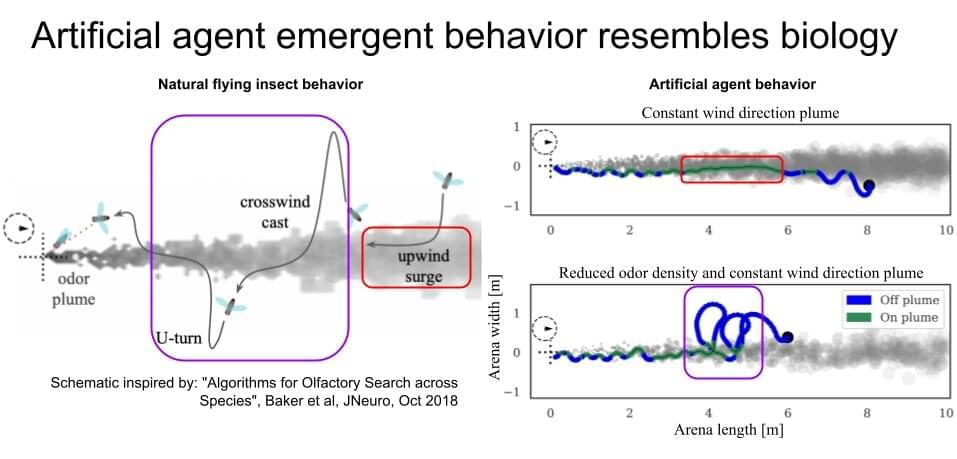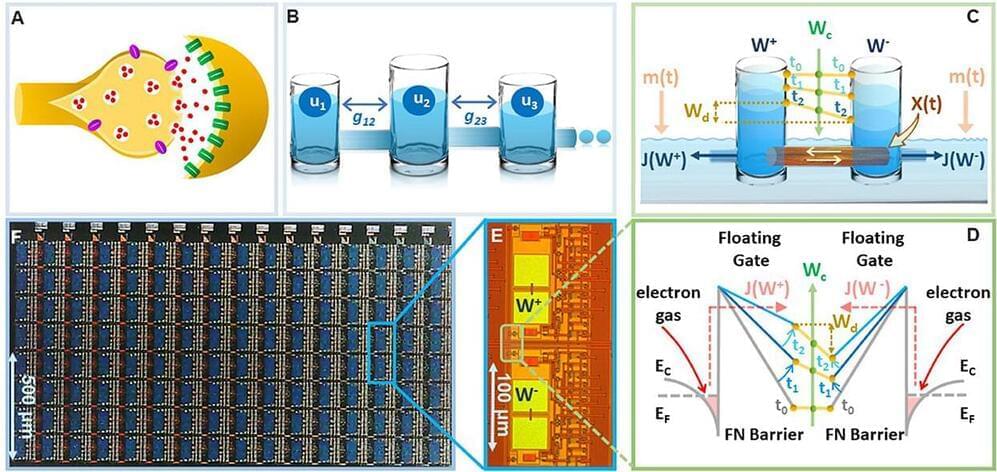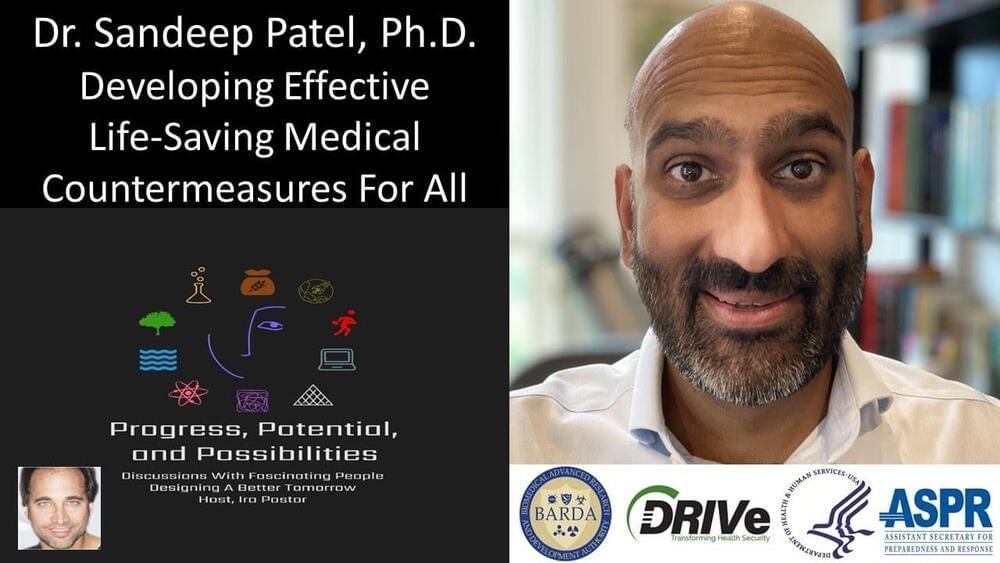Feb 14, 2023
Scientists Use “Acoustic Holograms” To Form Particles Into Complex 3D Shapes
Posted by Jose Ruben Rodriguez Fuentes in categories: biological, holograms, particle physics
That’s exactly what researchers in Germany set out to do, making use of “acoustic holograms” to form distinct 3D shapes out of particles suspended in water — all in “one shot,” said study lead author Kai Melde, a researcher from the Max Planck Institute, in a press release.
According to a study on the work, published last week in the journal Science Advances, the researchers were able to create a helix and a figure 8 out of silica gel beads, assembled biological cells into spherical clumps, and even provided a compelling concept for forming the shape of a dove in future experiments.
These acoustic holograms work by cleverly manipulating the pressure exerted by high frequency ultrasonic waves via the inexpensive use of a conventionally 3D-printed plate.
